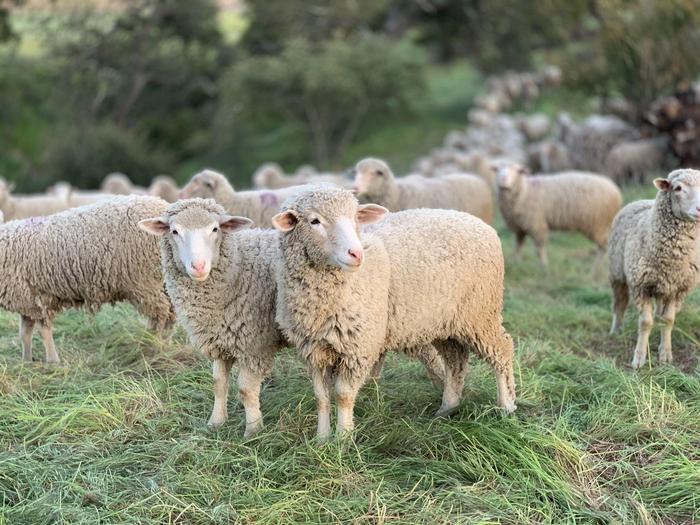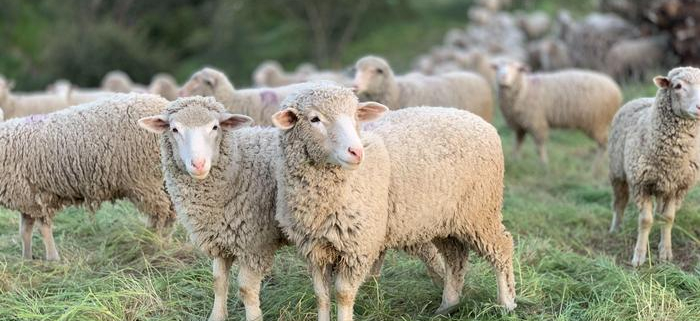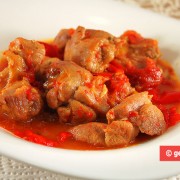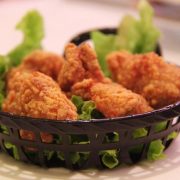Game Meat Has Gained Popularity In Australia And Beyond
Game meat is any land animal hunted for sustenance and not grown on farms. There are literally hundreds of different kinds of animals that may be slaughtered and turned into meat. Duck, rabbit, and deer are among the wild animals whose flesh is consumed the most often throughout the continent of North America. In general, the taste of this sort of meat is more robust, and it normally contains less fat, than the meat that comes from domesticated animals such as cows and chickens. This is because wild animals get their food by hunting or foraging for it.

Due to the fact that it has a scrumptious taste and is low in fat, the consumption of this sort of gamemeat has recently seen a spike in popularity among customers. The term “venison” refers to the meat obtained from deer. It may be purchased in the United States via various outlets, including mail-order businesses and retail establishments. Demand for bison (or buffalo) meat has also been a rise, which is now widely available in supermarkets and on restaurant menus.
Popular Types Of Meat From Wild Animals In Australia
Fresh meat known as “Flinders Island lamb” is derived from lambs born and raised on the island of Flinders. The lambs are of British and European breeds, and they get their nutrition from milk or are grown on salt grass meadows, depending on which option was chosen. Lamb that has been raised on a diet consisting only of milk is very succulent and soft. It is characterized by an exceptional quality and a particular taste reminiscent of butter.
However, saltgrass lamb is a cut of meat that really stands out since it originates from lambs raised in a natural environment and fed on salt-infused grasslands. Australian fine dining establishments have access to saltgrass lamb, which is prized for its softness, peculiar texture, and rich taste with traces of herbal overtones.
Tasmanian Beef
Tasmanian beef comes from free-range, grass-fed cattle born and raised in the state’s north-west, north, and south. The carcasses are rated in accordance with Meat Standards Australia, and the animals are mostly of British breeds such angus and hereford as well as several variations of European breeds (MSA).
Tasmanian beef production is organic, sustainable, and stress-free, delivering a high-quality product devoid of antibiotics, hormone growth promotants, and GMOs.
Emu Meat
Emu meat is a sort of red meat that differs from other red meat in that it is low in fat and cholesterol. Because it has a limited amount of fat, the meat needs to be cooked very slowly in order to prevent it from becoming tough and dry. The fan, the upper loin, and the interior strip are the three sections of emu meat that have the most soft texture.
Crocodile Meat
The saltwater crocodile and the freshwater crocodile are the two varieties of crocodiles that may be found in Australia. In spite of what most people believe, the eating of crocodile flesh in Australia is still very new. In the distant past, both crocodile and kangaroo species were mostly hunted and farmed for their skin.
Crocodiles have risen in popularity and are now highly appreciated for their delicious white flesh, which is distinguished by its delicate but firm texture and a taste of its own. This rise in popularity may be attributed to the evolution of traditional Australian cuisine. As the market expands, more and more varieties of crocodile meat, from steaks to ribs, are being made available to consumers.

Kangaroo Meat
The majority of kangaroo meat is produced in the country of Australia. Kangaroo steaks cooked on a grill should be served with a medium-rare internal temperature since they contain a relatively low amount of fat. Red currants, plums, oranges, juniper, rosemary, and garlic go nicely with the meat. Many people compare its flavor to a combination of buffalo and venison, praising its somewhat gamey undertones.
Kangaroo meat is not only becoming more popular in other parts of the globe, but it is also an essential component of the meals that are consumed traditionally by Aboriginal people.









